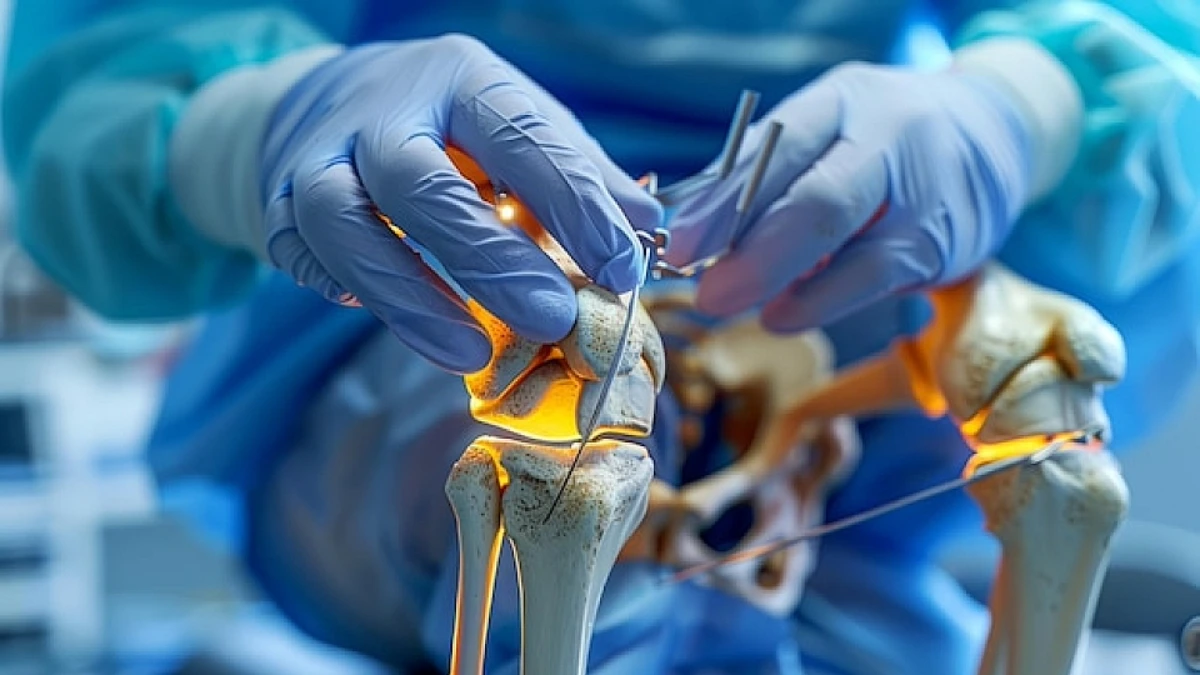The Whipple surgery, also known as a pancreaticoduodenectomy, is a sophisticated and life-saving surgical operation primarily used to treat pancreatic cancer that has not metastasized beyond the pancreas. At Avicenna International Hospital, we understand the critical role this procedure plays in managing pancreatic conditions and enhancing patient survival. This extensive guide delves into the nuances of the Whipple surgery, exploring its purpose, related surgical options, patient eligibility prerequisites, potential risks, and the path to recovery.
What is the Whipple Surgery?
The Whipple surgery primarily targets malignancies and other conditions within the pancreas, small intestine, and bile ducts. To achieve this, the intricate surgery involves the excision of the pancreatic head, the initial segment of the small intestine, the duodenum, the gallbladder, and part of the bile duct. In some instances, the surgery may also extend to removing portions of the stomach and pancreas body. On average, this operation lasts approximately six hours, and after the procedure, postoperative hospital stays typically range from one to two weeks.
Related Procedures
In some scenarios, alternative pancreatic surgeries may be considered, such as:
- Distal Pancreatectomy: Removing the body and tail of the pancreas, sometimes including the spleen.
- Total Pancreatectomy: Involves excising the entire pancreas, necessitating lifelong hormone and enzyme supplements.
- Vascular Reconstruction is required when pancreatic tumours invade adjacent blood vessels, requiring specialized surgical expertise.
Eligibility for the Whipple Surgery
Eligibility for the Whipple surgery is typically reserved for those with a resectable tumour localized within the pancreatic head. Although only 20% of pancreatic cancer patients qualify for surgery, up to 50% are erroneously deemed ineligible. It is vital to consult a surgeon experienced in high-volume pancreatic surgeries to make an accurate eligibility determination.
Why It’s Done
Whipple surgery is often the sole curative option for pancreatic and related cancers, aiming to excise the tumour and forestall further malignant spread. Its indications include pancreatic cysts, tumours, ampullary cancer, cholangiocarcinoma, neuroendocrine tumours, and duodenal cancer, among others.
Risks
The Whipple surgery is inherently risky, with potential complications including:
- Bleeding and infection.
- Delayed gastric emptying.
- Anastomotic leakage at pancreatic or bile duct connections.
- Postoperative diabetes.
Proficiency and experience are crucial, with research advocating for the procedure at high-volume centres for optimal outcomes.
How You Prepare
Pre-operative preparation involves thorough discussions with your healthcare team about procedural expectations, potential risks, and lifestyle impacts. Pre-surgical therapies like chemotherapy may be advised, depending on individual clinical profiles.
What You Can Expect During the Surgery
The surgical team administers general anaesthesia, ensuring a sleep-like state throughout the operation. The surgery typically lasts between 4 to 12 hours, contingent on complexity. The surgery concludes with the reconnection of the digestive tract to restore gastrointestinal continuity.
After the Whipple Surgery
Recovery spans approximately one week in the hospital, transitioning to home-based or rehabilitation centre convalescence. Early mobility and a progressive diet contribute to gradual digestive recovery, with most patients resuming normal activities within six weeks.
Results and Long-Term Effects
While the Whipple surgery substantially enhances survival prospects, long-term effects such as digestive adjustments and enzyme supplementation are common. Continuous follow-up and supportive resources from organizations like PanCAN can guide patients through post-surgical adjustments.
The path to recovery from a Whipple surgery is as individualized as the patients we care for at Avicenna International Hospital. Through compassionate care and advanced surgical expertise, we strive to provide our patients with the best possible outcomes and quality of life.
Whipple Surgery Recovery
Recovery from the Whipple surgery is a critical phase that requires dedicated attention and care. Following the surgery, patients transition to a general surgical nursing floor where medical professionals closely monitor their recovery. During this time, vigilant checks for signs of infection or complications are essential, ensuring a smooth and safe healing process. As patients progress, their care team continues to adjust treatments and support to promote optimal recovery.
Hospital Stay and Initial Recovery
Most patients remain in the hospital for approximately one-week post-surgery. Initially, you may begin with a diet of clear liquids, gradually reintroducing solid foods as your digestive system adjusts. Early ambulation is encouraged to promote circulation and aid recovery. For some, a brief stay in the intensive care unit (ICU) may be necessary, especially if there are underlying health conditions or complications arise.
At-Home Recovery
Upon discharge, patients may continue recovery at home, or, in certain cases, in a rehabilitation facility to aid in regaining strength and independence. Older adults or those with additional health challenges might benefit from extended supportive care. Patients must arrange for assistance from family or friends during this time to manage daily activities and follow medical advice.
Long-Term Adjustments
Full recovery can span from four to six weeks, contingent on factors like pre-surgery health and surgical complexity. Long-term effects may include dietary modifications to alleviate digestive symptoms such as diarrhea and gas. Many patients also use pancreatic enzyme supplements to facilitate the complete digestion of nutrients.
Survival Rate and Life Expectancy After Whipple surgery
The Whipple surgery significantly impacts survival rates and quality of life for individuals with pancreatic and nearby organ cancers. Advances in surgical techniques, anaesthesia, and postoperative care have reduced mortality rates drastically, especially at specialized cancer centres. Approximately 20%-25% of patients survive five years post-surgery, with outcomes improving when care is received from experienced pancreatic surgeons.
Life expectancy following the Whipple surgery is closely tied to individual health conditions, cancer type, and overall treatment efficacy. Continuous follow-up with healthcare providers is essential for monitoring health and managing complications or disease recurrence.
Conclusion
At Avicenna International Hospital, we recognize the profound journey our patients undertake with the Whipple surgery. With this in mind, we aim to facilitate the best possible outcomes for those battling pancreatic cancer and other serious conditions through expert care and comprehensive patient education. By providing clear insights, we help patients and their families understand the intricacies of the Whipple surgery and its potential impact. This knowledge enables them to navigate this challenging period with hope and informed guidance. For more information or to discuss your care options, please contact Avicenna International Hospital’s team of healthcare professionals.
The Whipple surgery involves the removal of the head of the pancreas, the duodenum (the first part of the small intestine), the gallbladder, and part of the bile duct. In some cases, portions of the stomach and lymph nodes may also be removed.
The recurrence of pancreatic cancer after Whipple surgery depends on several factors, such as cancer stage and surgical margins. Despite successful surgery, pancreatic cancer unfortunately has a high recurrence rate. Therefore, ongoing monitoring and follow-up care are essential to detect and address any recurrence promptly. By remaining vigilant, healthcare providers can ensure timely intervention and improve patient outcomes.
Life expectancy after Whipple surgery varies based on the individual’s health, cancer type, and treatment effectiveness. Approximately 20%-25% of patients survive five years post-surgery, with better outcomes when the procedure is performed at specialized centres by experienced surgeons.







